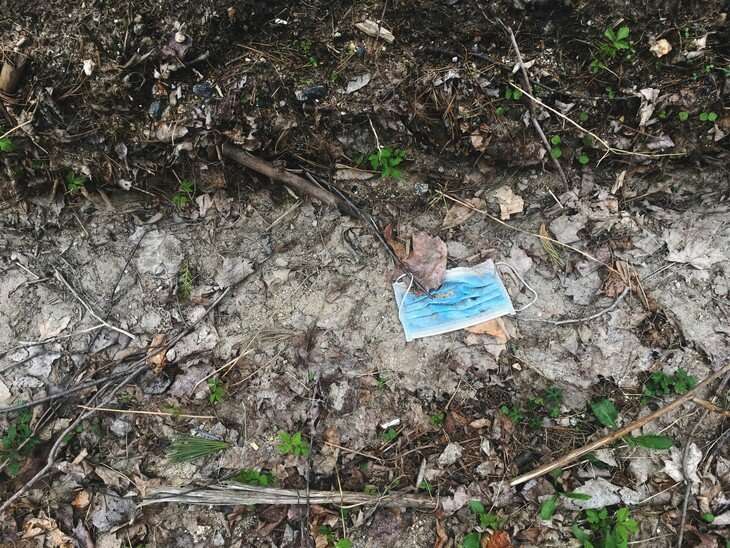
COVID-19 cases are projected to surge across the United States and peak in May if we see decreases in physical distancing and mask-wearing and increased transmissibility of new variants, according to new model projections. Conducted by a team of researchers in collaboration with the Centers for Disease Control and Prevention (CDC), the models also project a sharp decline in cases by July 2021, especially in locations with high vaccination uptake.
“Our models suggest that some states that decrease their public health efforts on physical distancing and mask-wearing could see high levels of COVID-19 cases, similar to those seen in late 2020,” said Katriona Shea, professor of biology and Alumni Professor in the Biological Sciences at Penn State, and an expert on combining multiple models to provide decision support for policymakers. “Even moderate reductions in compliance could undermine vaccination gains in the next two-to-three months.”
Shea, along with Penn State Postdoctoral Fellow Rebecca Borchering, partnered with other collaborators and the CDC, and six modeling teams from multiple universities, to conduct the first-ever multi-model effort to assess long-term projections of COVID-19 in real-time in the United States under different epidemiological scenarios.
The models project weekly reported cases, hospitalizations and deaths, both nationally and by jurisdiction (50 states and Washington, D.C.), for a six-month period based on several factors, including:
- vaccine uptake rates
- vaccine effectiveness estimates
- state-level policies on public health measures such as physical distancing and mask-wearing
- vaccine hesitancy
- B.1.1.7 variant prevalence
Model projections indicate that COVID-19 cases could increase through May due to increased presence of the highly transmissible B.1.1.7 variant and decreased mandates and compliance with interventions, such as physical distancing and mask-wearing. This rise in cases could result in surges in deaths and hospitalizations, peaking at between 7,000-11,000 deaths per week nationally. While the results indicate substantial variation across states, projections for Pennsylvania mirror those observed for the U.S.
The results published in the CDC’s Morbidity and Mortality Weekly Report (MMWR).
“More transmissible SARS-CoV-2 variants spread rapidly throughout the United States, with the B.1.1.7 variant now causing over 70% of all new infections in the United States,” said Borchering, co-lead author of the study. “Meanwhile, there have been reductions in intervention measures such as maintaining social distancing and practicing mask wearing. This combination of factors may lead to a significant number of hospitalizations and deaths, particularly in locations that saw increases in transmission earlier in the vaccination rollout.”
The models suggest, however, that hospitalizations and deaths could remain low nationally if vaccine uptake is high and public health measures like mask-wearing and physical distancing remain in place. In this case, COVID-19 cases may decline sharply by July.
“While hospitalizations and deaths are also projected to increase at the national-level, these increases are not as pronounced as increases in cases, likely due to the consideration of vaccine prioritization for high-risk groups,” said Borchering.
The team noted that its projections should not be understood as forecasts; instead, they are intended to bound a set of plausible outbreak trajectories.
“These model results can be used for planning purposes, such as estimating needs for COVID-19 treatments and hospital beds, and for guiding public health efforts, such as balancing vaccination efforts with social distancing interventions,” said Shea. “The speed of the COVID-19 vaccination rollout brings hope for pandemic control in the United States. But these modeled scenarios show that countervailing forces warrant continued efforts to vaccinate unprotected groups and maintain physical distancing, masking, isolation and quarantine.”
Penn State’s participation in this research was funded by a National Science Foundation grant, titled “RAPID: COVID-19 Scenario Modeling Hub to harness multiple models for long-term projections and decision support.”
Source: Read Full Article
